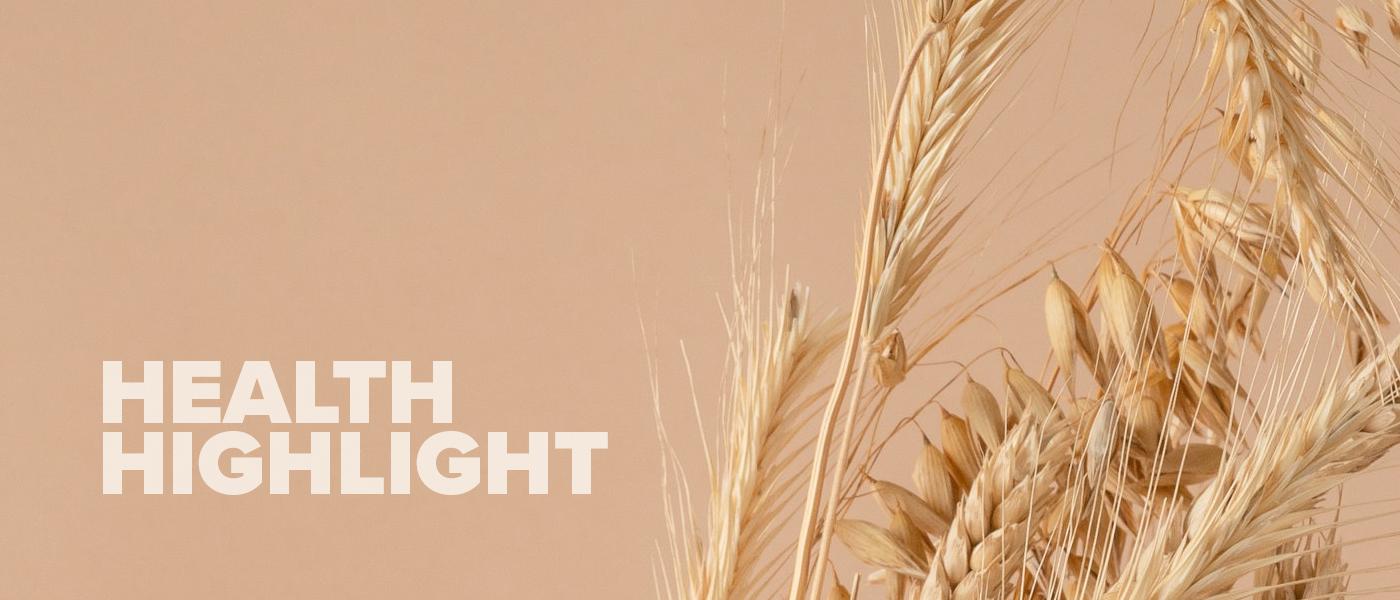Gluten is a protein found in wheat, barley, and rye. Sensitivity to gluten potentially affects as many as 6% to 7% of the U.S. population, that’s 20 million people in the United States alone. There are other researchers who believe that number could be as high as up to 30% of the population. Being diagnosed with having gluten sensitivity is serious and can be life changing.
This gluten allergy causes the villi of the stomach to lose their function, preventing nutrients from being effectively absorbed into the bloodstream. Those with gluten sensitivity will experience abdominal bloating and pain, diarrhea, vomiting, weight loss, fatigue, irritability, dry and flaky skin, brain fog, and a slew of other unwanted symptoms. In some cases, this can go for months or even years without a proper diagnosis.
Once the condition has been diagnosed, patients must avoid gluten. Speak with your doctor if you think you may have a gluten allergy. Read below for a list of foods and tips to help you maintain a healthy and balanced gluten free diet.
Potatoes, Fruits, and other Vegetables– Surprisingly, potatoes contain no gluten, making them completely safe to consume. Beyond potatoes, any fruit or vegetable should be free from gluten if prepared in a clean environment.
Whole Grains– quinoa, brown rice, wild rice, buckwheat, tapioca, millet, amaranth, teff, and arrowroot.
Proteins- legumes, nuts and seeds, red meat, poultry, seafood, and traditional soy foods.
Dairy Products- milk, butter, cheese, cream, cottage cheese, sour cream, and yogurt.
Fats and Oils- butter, olives and olive oil, avocados and avocado oil, coconut oil, vegetable and seed oils, including sesame oil, canola oil, and sunflower oil.
Beverages- water, 100% fruit juice, coffee, tea, some alcoholic beverages made from gluten-free grains, sports drinks, soda, and energy drinks, and lemonade.
Spices, Sauces, and Condiments- these are often overlooked and usually contain gluten. Safe options include tamari, coconut aminos, white vinegar, distilled vinegar, and apple cider vinegar.
Here is a list of ingredients and food additives that may indicate an item contains gluten.
- Modified food starch and maltodextrin
- Malt-based ingredients, including malt vinegar, malt extract, and malt syrup
- Gluten stabilizer
- Soy or teriyaki sauce
- Wheat-based ingredients, such as wheat protein and wheat flour
- Emulsifiers
If you need to avoid gluten, you still have plenty of options. Many healthy foods are naturally gluten-free. If you focus on eating mostly fresh, whole, gluten-free foods and a minimal amount of processed foods, you will have no problem following a gluten-free diet.
